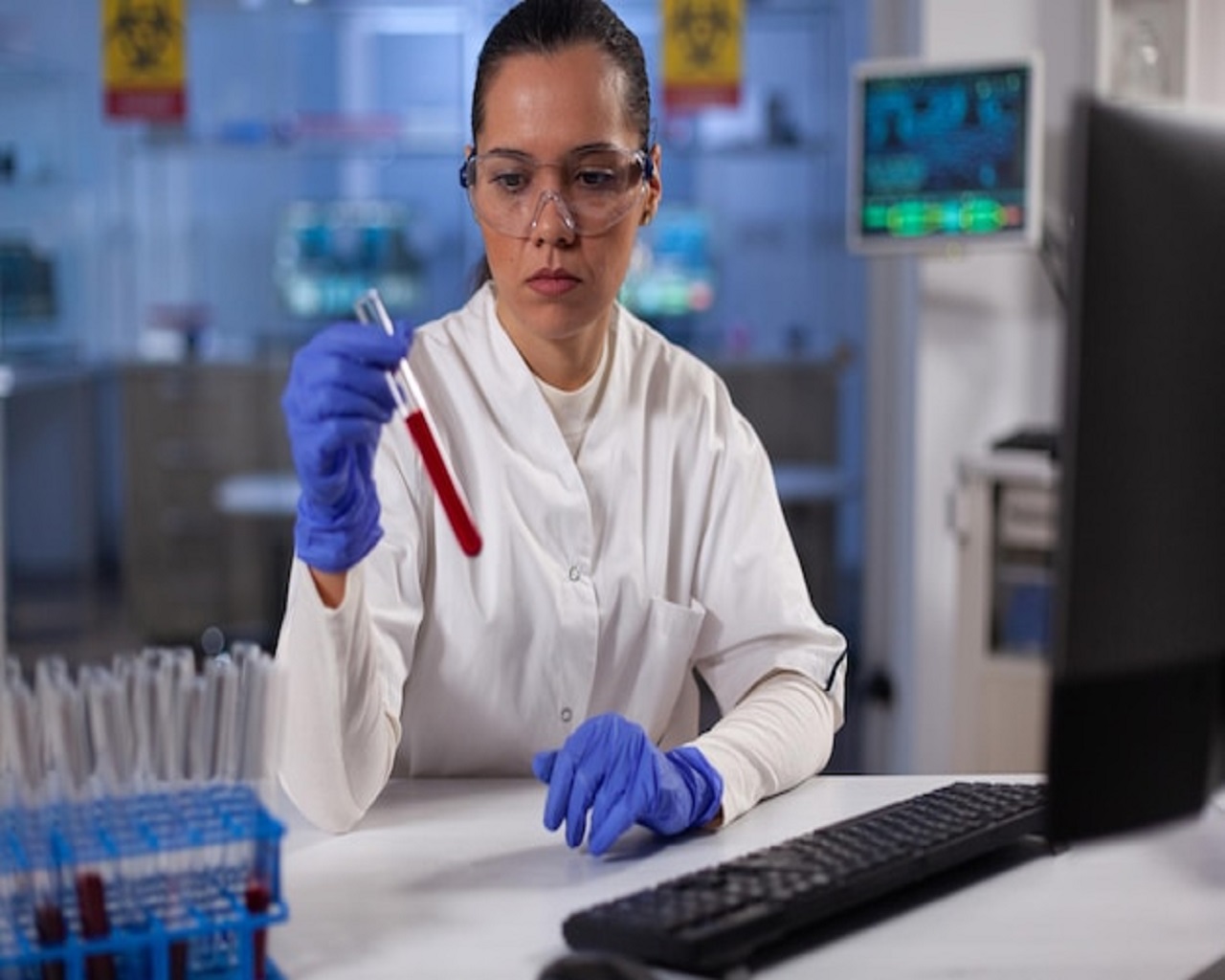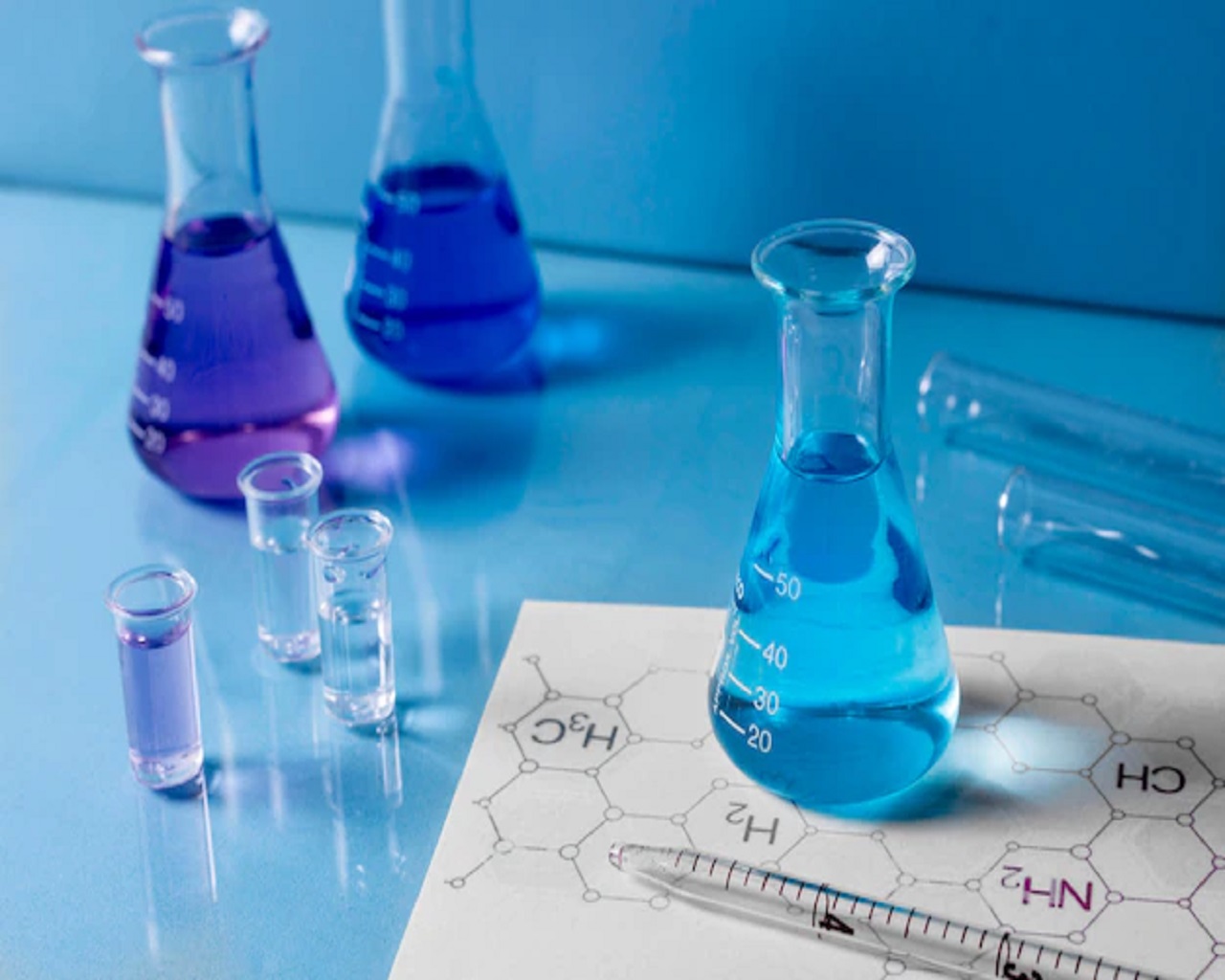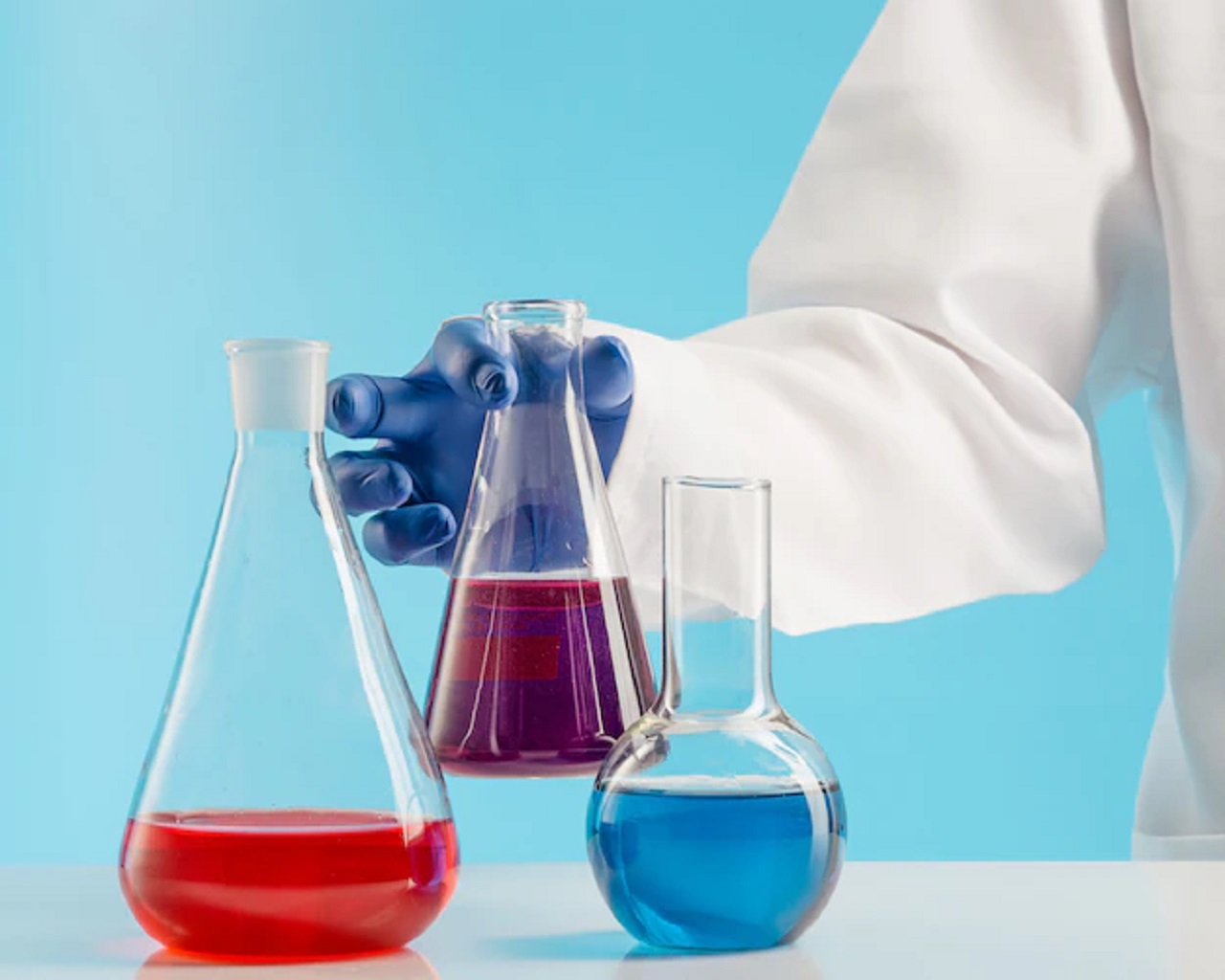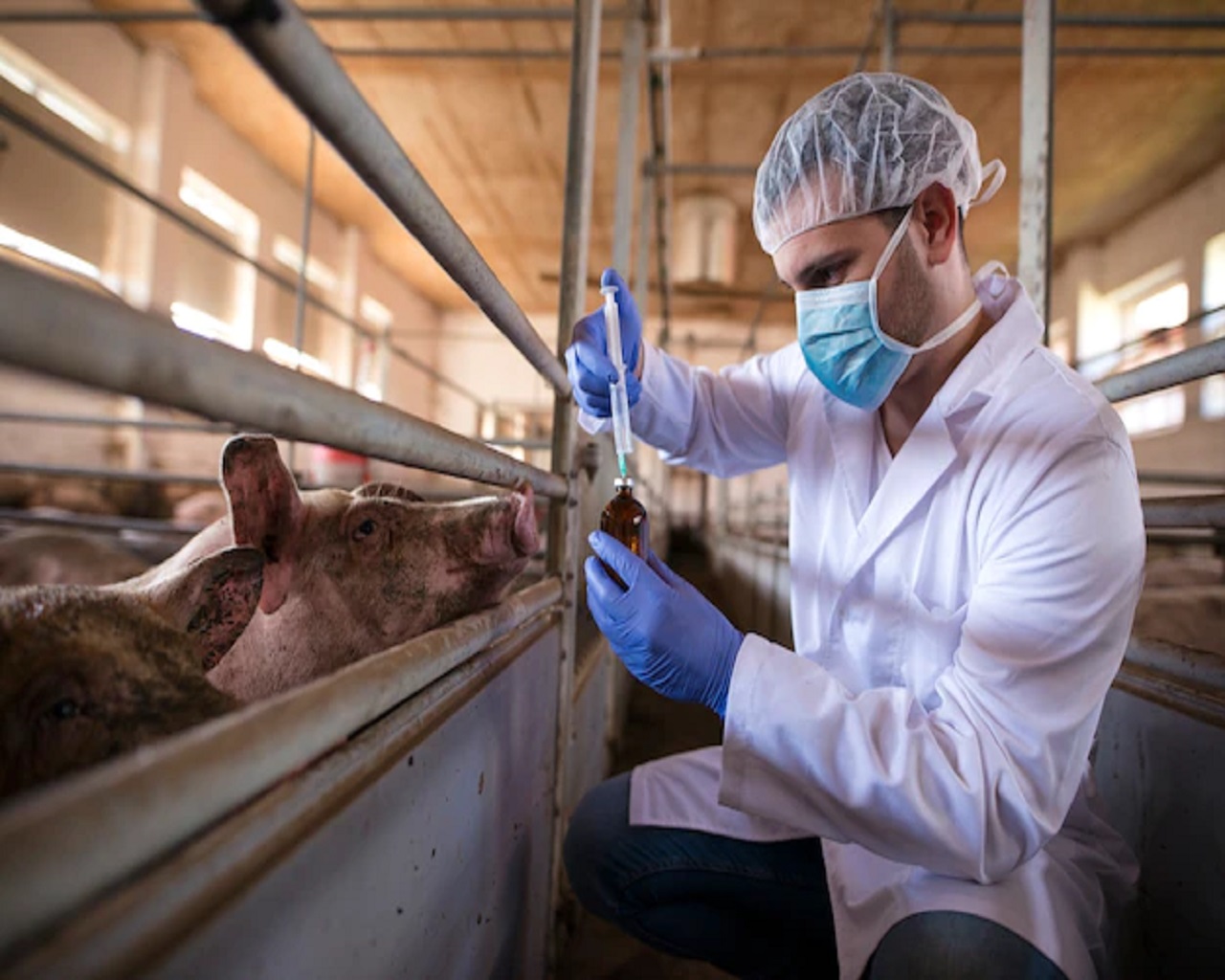22 Sep The revised EU Annex 1 is published
The European Commission has decided to revise Annex 1 of the EU GMP “Manufacture Of Sterile Medicinal Products” to cover the current regulatory and technological developments in the manufacture of sterile medicinal products. In particular, the integration concerns some aspects addressed in ICH guidelines Q9 (Quality Risk Management) and Q10 (Pharmaceutical Quality System).
The Final Version of Annex 1 was published on 25 August 2022.
Deadlines
- New Annex 1 will come into force on 25 August 2023
- Chapter 8.123 “Lyophilizers and associated product transfer and loading/unloading areas” will come into force on 25 August 2024
Changes compared to the second draft version of 2020
The basic structure of Annex 1 has remained unchanged.
In this final version, are broadened topics such as:
- “Barrier Technologies” – subchapter of the chapter “Premises”
- The topics of background environment, gloves and decontamination methods have been dealt with separately for Isolators and RABS: “18 Isolators or RABS, which are different technologies, and the associated processes, should be designed to provide protection through separation of the grade A environment from the environment of the surrounding room. […]”
- “Form-Fill-Seal (FFS)” (8.96) and “Blow-Fill-Seal” (8.105) – subchapter of the chapter “Production and Specific Technologies” go into much more detail.
- In addition, there are new insertions in many chapters, as well as deletions and rewording.
Latest posts
-
16 December, 2024 Blog
EDQM publishes draft General Chapter “Quality of Data” for Comments
-
01 October, 2024 Blog
EDQM publishes revised Ph. Eur. Water Monographs for public comment













